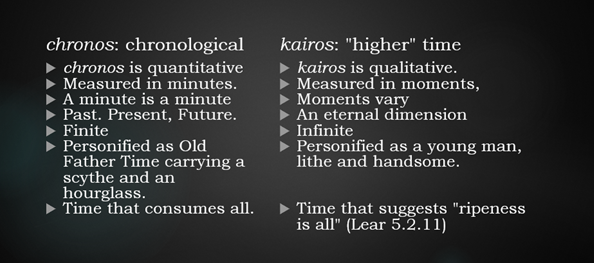
brenkee / Pixabay
My three most memorable hamburgers are:
- The Kobe Beef Burger that I eat at the Issaquah Brew Pub every spring with my gaming buddies.
- The burger I ate at Norma’s in Lacey, Washington, was by no means a gourmet burger, but it tastes great and had that 1950’s diner flavour to it.
- This past summer I ate at a hamburger joint off the highway in Redding, California: Bartel’s Giant Burger. It too was a great burger–it was fast, served in a paper basket, but it was one of my most memorable burgers.
All three of these burgers are very good and all three are very different.
Sameness

TheDigitalArtist / Pixabay
Then there’s the approach to the hamburger that McDonald pioneered. No matter where you eat your burger, it will be exactly the same. This approach was obviously extremely popular and Americans believe that difference in hamburgers is a bad thing.
And McDonald’s is exporting this ridiculous idea. Did you see that commercial? I ranted about it a while back.
Craft Beer versus Factory Beer

harassevarg / Pixabay
This philosophy of marketing sameness for profit was also found in the beer industry. Since the lifting of prohibition, we were forced to drink just one kind of beer, the American Adjunct Lager. It’s fizzy, light bodied, has low bitterness and thin malts. This beer was made for mass production and consumption, not flavour–thank goodness that’s changed–if you want, you can get a wide variety of locally brewed craft beers all over North America.
The story of beer suggests that there is some resistance to the homogenization of experience, but we are still very comfortable with sameness. It used to be that all coffee was the same–cheap and industrial. The forces of sameness are still at work on us, it’s just that the product is a lot better.
Starbucks is the same whether you are in Seattle or Spain. A lot of people think this is a good thing–it’s called the Starbucks Experience. Of course, I don’t want a bad coffee experience, but this is not the same thing has having a different coffee experience.
Then there’s Kraft Dinner.
[click_to_tweet tweet=”By homogenize our experiences there no possibility of having a disappointing experience, but we will just as certainly not have a surprising one.” quote=”By homogenize our experiences there no possibility of having a disappointing experience, but we will just as certainly not have a surprising one.”]
By homogenize our experiences there no possibility of having a disappointing experience, but we will just as certainly not have a surprising one.
Is it worth it?





